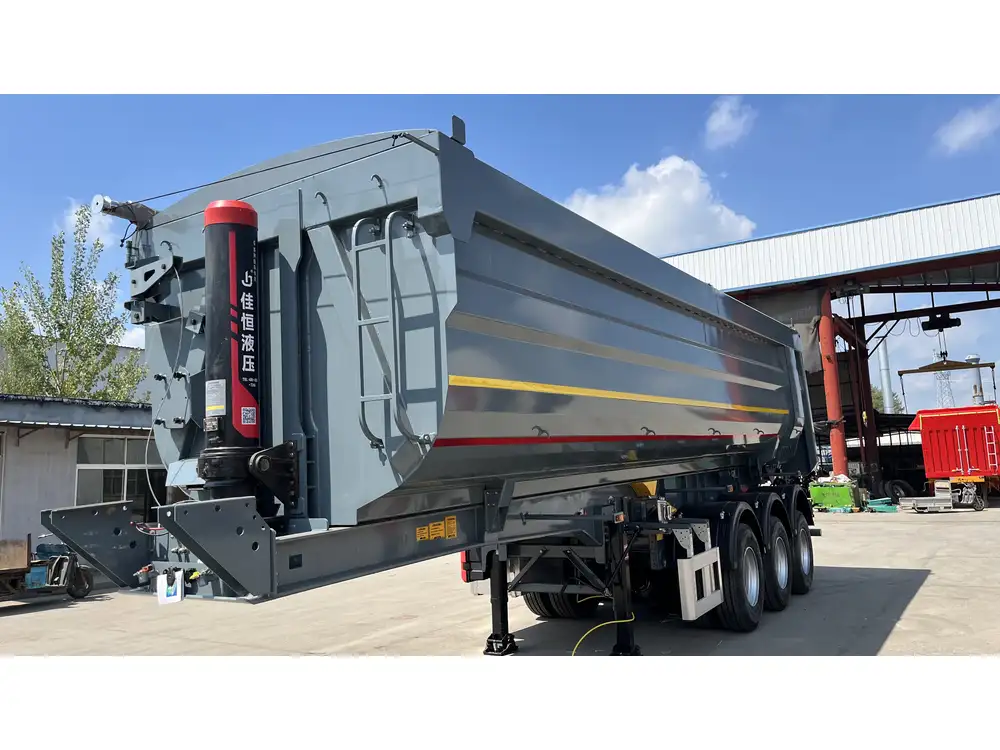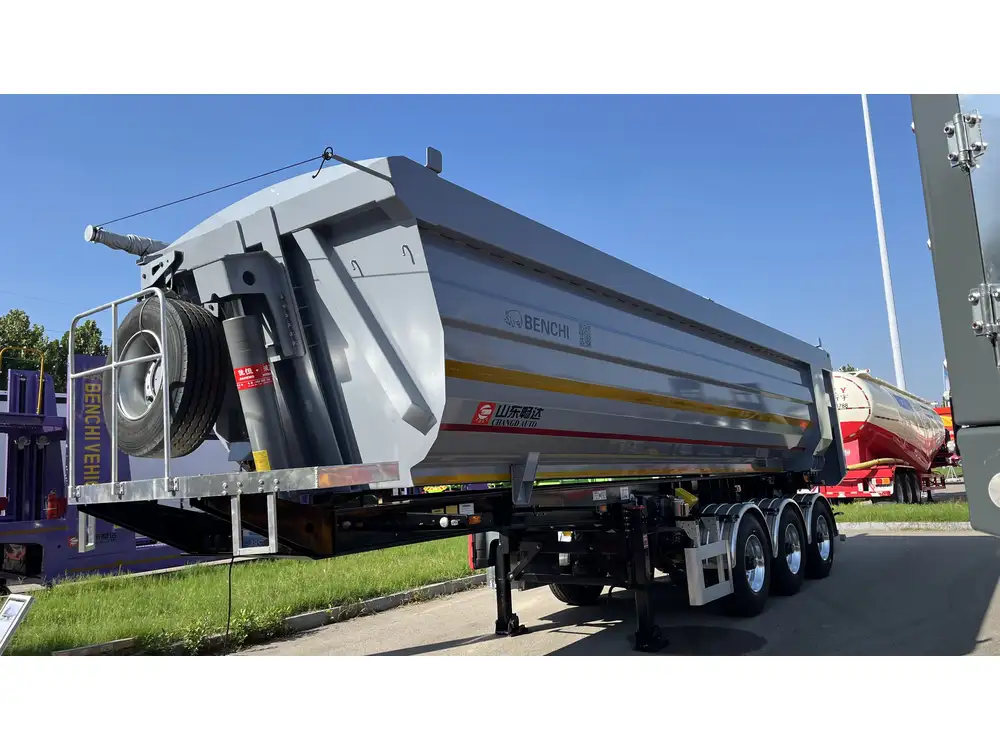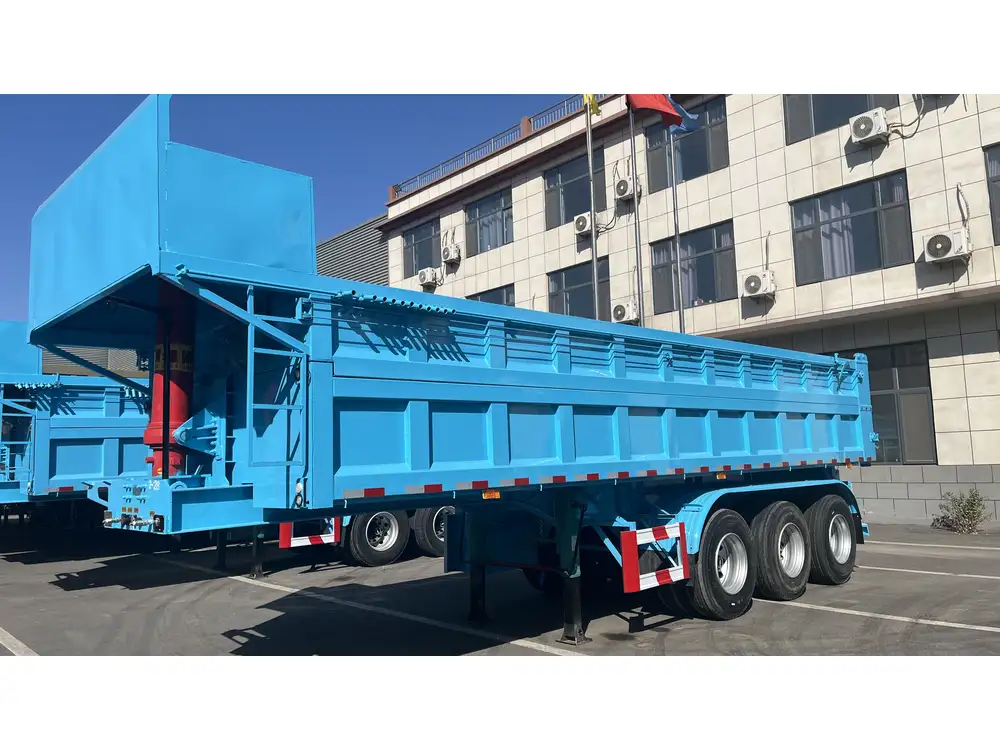Introduction to Flatbed Trailers
Flatbed trailers play a pivotal role in the transportation industry, offering unmatched versatility for hauling a variety of heavy and oversized loads. Their design allows for easy loading and unloading from the sides, ends, or top, making them a preferred choice for many businesses. This versatility often leads to questions regarding their specifications, notably, the length of the trailer, a critical parameter that impacts both legality and functionality.
The Anatomy of a Flatbed Trailer

Key Components
- Chassis: The backbone of the trailer, providing structural integrity.
- Deck: The flat platform where cargo is placed.
- Tongue: The part that connects the trailer to the towing vehicle.
- Axles: Essential for weight distribution and cargo stability.
- Wheels: Enable mobility.
Understanding the function of each component helps clarify how trailer measurements are derived and why certain questions arise related to their specifications.
What Constitutes Trailer Length?
Defining Trailer Length
According to the Department of Transportation (DOT) standards, the length of a flatbed trailer refers primarily to the measurement from the front of the trailer (not the tongue) to the rear end. This definition is essential when considering state and federal regulations for road use.
| Component | Measurement Included in Trailer Length? |
|---|---|
| Chassis | Yes |
| Deck | Yes |
| Tongue | No (typically excluded) |
| Axles | Yes (impact overall length) |
This segmenting shows that the tongue is generally not included when calculating the overall length of the flatbed trailer. This clarity is crucial for ensuring compliance with regulations which often stipulate maximum lengths for different types of trailers.

Legal Considerations in Trailer Length
State Regulations
Each state may have unique regulations regarding trailer length. For example, in many states:
- A flatbed trailer’s maximum legal length can range from 48 to 53 feet, not including the tongue.
- Overwidth or oversize loads may require special permits, impacting the type of trailer utilized.
Federal Guidelines
At a federal level, the maximum allowable length for a semi-trailer is 53 feet. Understanding these constraints not only helps manufacturers design compliant products but also aids customers in making informed purchasing decisions.

The Importance of Accurate Measurements
Implications on Cargo Transport
Incorrect assumptions about trailer length can lead to serious implications. For instance:
- Load Restrictions: Over-legal loads can incur fines.
- Safety Risks: Improperly sized trailers may lead to inadequate weight distribution, increasing the risk of accidents.
Conversions and Calculations
For businesses that operate across state lines, ensuring all measurements adhere to federal standards is crucial. Utilizing accurate measuring tools and understanding the implications of dimensions will mitigate risks and enhance operational efficiency.

Tongue Length: A Critical Component
What is a Tongue?
The tongue of a flatbed trailer connects the trailer to the tow vehicle. It’s an essential structural component but is not factored into the overall trailer length as perceived in logistical and legal discussions.
However, tongue length can influence:
- Turning Radius: Longer tongues can allow for more maneuverability.
- Towing Dynamics: The distribution of weight and balance during transport.
Measuring Tongue Length
Typically measured from the front of the trailer’s chassis to the coupler, proper tongue length ensures adequate handling without compromising stability. Here’s a quick overview:
| Tongue Type | Average Length | Impact on Handling |
|---|---|---|
| Standard Length | 3 to 5 feet | Balanced towing experience |
| Extended Length | 6+ feet | Greater maneuverability, may impact stability |

Commonly Overlooked Factors in Trailer Specifications
Weight Capacity and Load Distribution
Load capacity varies per model and type. When choosing a flatbed trailer, considering the weight distribution across both the trailer and the tongue is crucial. An improperly loaded trailer can lead to:
- Increased Tire Wear: Excessive loads can wear tires unevenly.
- Brake Failure: Overloads may impede braking effectiveness.
Trailer Materials
The material of a flatbed trailer affects both its weight and durability. Common materials include:
- Steel: Strong but heavier, suitable for heavy loads.
- Aluminum: Lighter and resistant to rust, improving fuel efficiency.

Conclusion: Best Practices for Choosing Flatbed Trailers
When considering the acquisition of a flatbed trailer, it’s essential to evaluate both its structural dimensions and how they align with operational needs. Here’s a consolidated table of best practices to guide your selection:
| Best Practice | Description |
|---|---|
| Understand Regulations | Familiarize yourself with federal and state laws. |
| Accurate Measurements | Always measure your load and trailer to ensure compliance. |
| Consider Load Types | Different trailers cater to different loads. |
| Choose Appropriate Materials | Select materials based on load weight and road conditions. |
| Evaluate Tongue Length | Choose a suitable tongue length to optimize handling. |
Ultimately, understanding whether the tongue is included in flatbed trailer length not only facilitates compliance with regulatory requirements but also enhances the safety and efficiency of transportation operations. By addressing these specifications with diligence and precision, businesses can optimize their logistics strategy and minimize risks associated with trailer dimensions.
In the evolving landscape of transportation, clarity and knowledge remain paramount for both manufacturers and operators, paving the way for seamless and successful cargo logistics.



